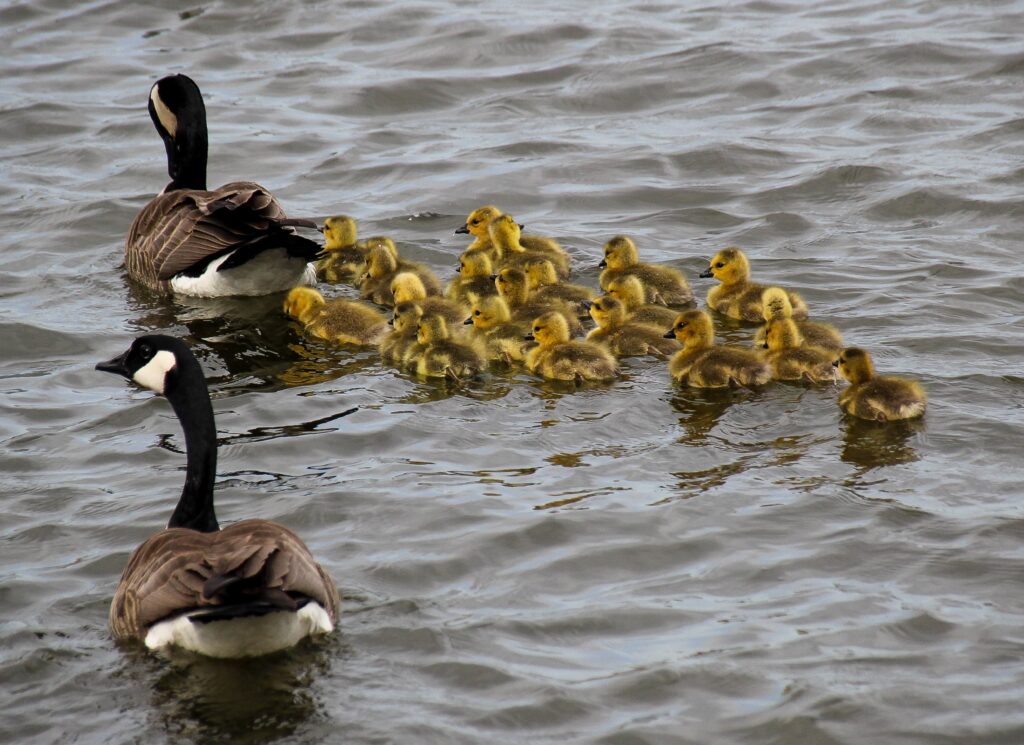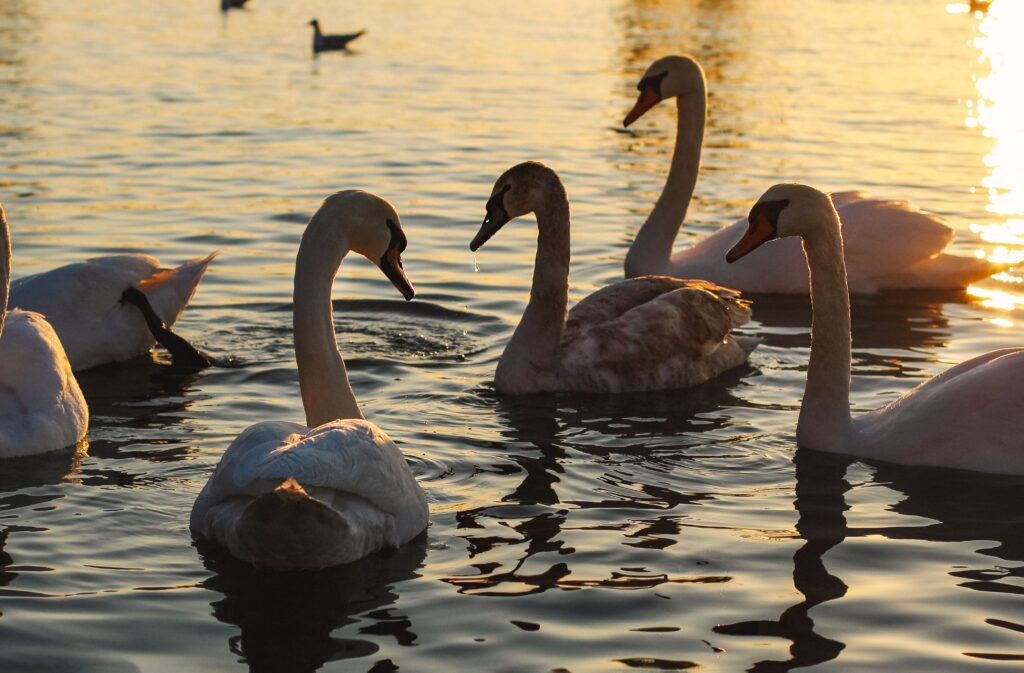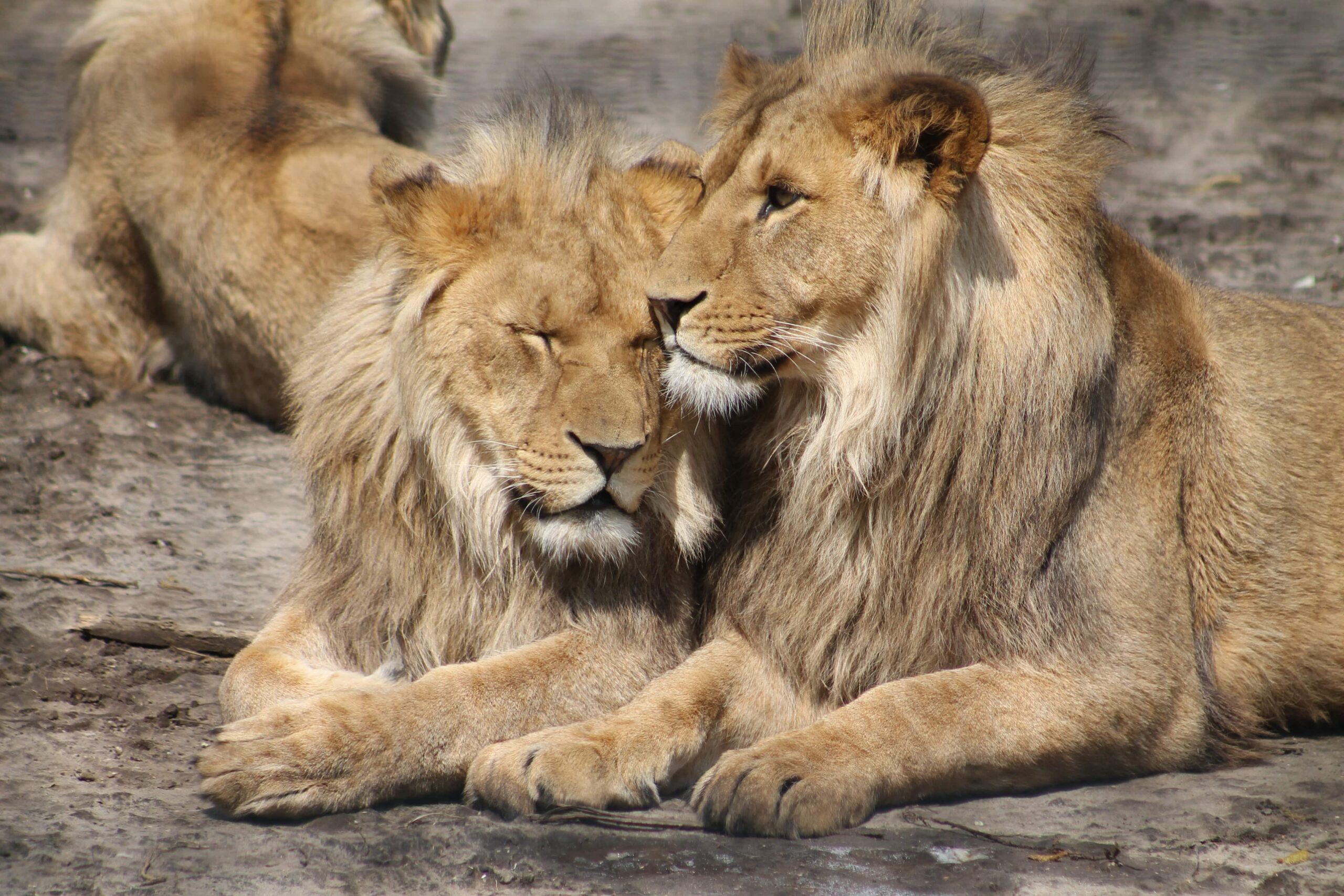Within the captivating realm of animal life exists a mode of expression that relies on different types- from vocalizing to signals emitted via body movements or chemicals released into their environment- for effective interaction among them. These intricate systems hold importance for conveying various messages like warning or mating calls-illuminating that they can also establish social hierarchies & ensure optimum safety within their community from predators as well inhabitants trying for their habitat’s use. This informative piece takes you on a tour uncovering ways through which these delicate methods operate across several species living under one Kingdom: Animalia.
Vocalizations – A Symphony of Sounds
From the enchanting melodies of songbirds to the thunderous roars of lions, vocalizations are a prominent form of animal communication. Birds, in particular, showcase an astounding repertoire of songs that serve multiple purposes. For instance, male birds use melodic calls to attract mates and defend their territory. The mockingbird, renowned for its ability to mimic various sounds, including car alarms and other bird species, exemplifies the intricate nature of avian communication.

Yet, birds are not the sole virtuosos in the animal kingdom. Marine mammals, such as whales and dolphins, utilize a complex system of clicks, whistles, and songs to communicate over vast distances. Humpback whales, with their hauntingly beautiful songs, often engage in long-distance serenades that may serve as mating displays or communication among pod members.
Body Language – The Silent Conversations
While vocalizations are prominent, animals also communicate through a rich tapestry of body language. From subtle gestures to elaborate displays, body language conveys an array of messages. In the primate world, for instance, facial expressions, postures, and movements communicate dominance, submission, aggression, fear, and courtship signals. The flamboyant displays of male peacocks, showcasing their vibrant feathers, serve as visual signals to attract mates.
In the avian realm, courtship dances are an exquisite form of body language. Birds of paradise engage in elaborate performances, showcasing their vibrant plumage, intricate movements, and synchronized displays to impress potential mates. These dances embody the complexity and artistry of animal communication.
Chemical Signals – The Invisible Language
While vocalizations and body language are evident to the human eye and ear, animals also communicate through chemical signals that are often imperceptible to us. Pheromones, in particular, play a crucial role in chemical communication. These chemical compounds, emitted by animals, trigger specific behavioral responses in others of the same species.
For example, wolves mark their territory with urine, depositing a unique scent that acts as a chemical message to other pack members and potential intruders. Ants, in their intricate social systems, employ pheromones to communicate trail information, identify nestmates, and signal danger.
The Evolutionary Significance of Animal Communication

The importance of proficient communication systems for species’ prosperity can hardly be overstated. Animals that possess advanced communication skills boast better chances at mate selection, resource allocation and predator evasion. These Communication ties have had a profound impact on how different species evolved- prompting uniqueness across the varied life forms seen today in nature’s grand scheme.
Discovering more about animal communications is not only aesthetically stunning but also holds significance for humankind who share striking similarities when it comes to conveying messages or establishing social bonds amidst complicated surroundings.
The captivating world of animal communication encompasses vocalizations, body language, and chemical signals. Through these diverse means of expression, animals navigate their environments, establish social hierarchies, and propagate their species.
